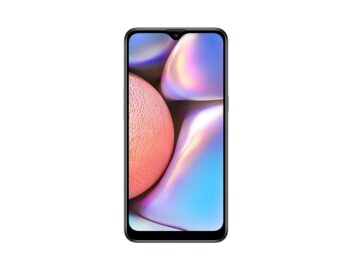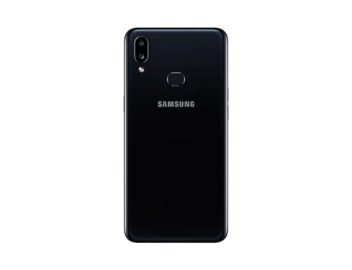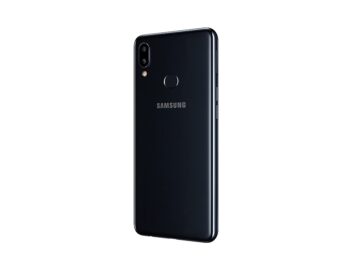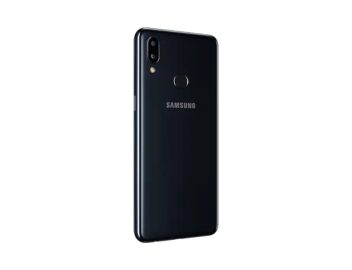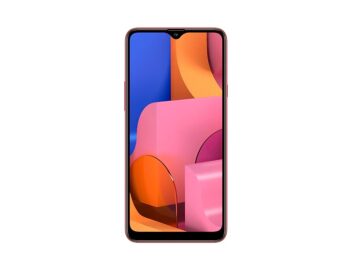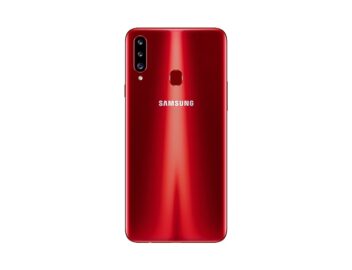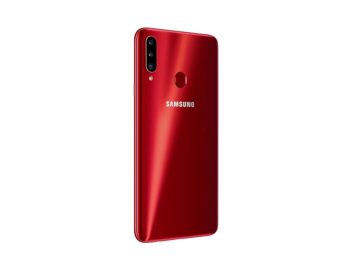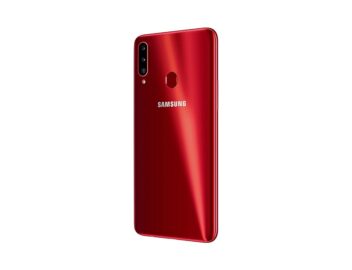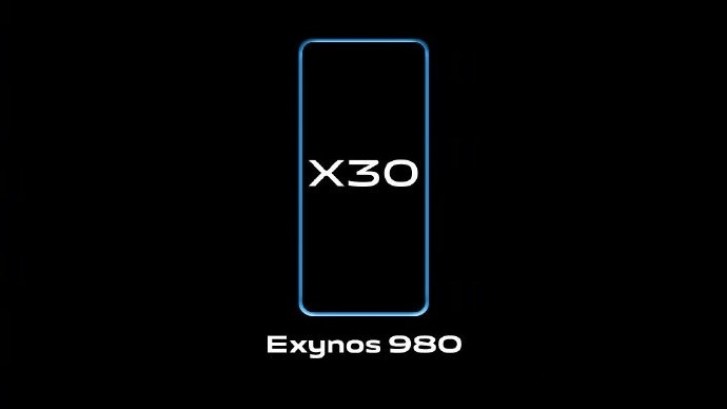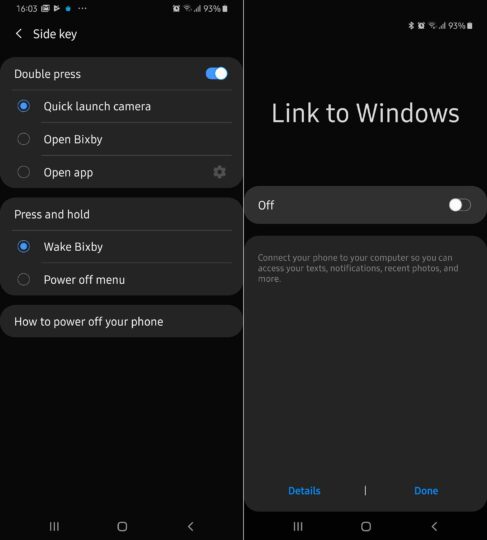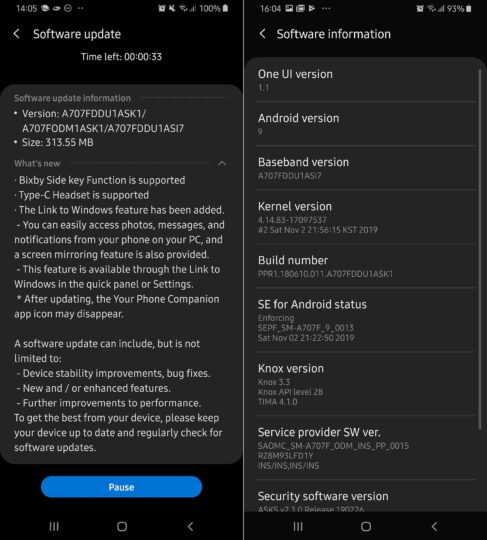The Galaxy Watch Active 2 came out barely six months after the original Galaxy Watch Active. The latter represented a turning point for Samsung’s smartwatches. The physical rotating bezel, which had long been a fixture on its smartwatches, had been removed. Samsung also went with a smaller and lighter footprint overall. The result was one of the most comfortable smartwatches that we have ever tested which was quite capable of delivering on the promises that it made.
Samsung needed to make some noticeable improvements in order to justify launching a new smartwatch so soon after the Galaxy Watch Active. Has it been able to do that? This is exactly what we’re going to find out in this Galaxy Watch Active 2 review.
Galaxy Watch Active 2 design
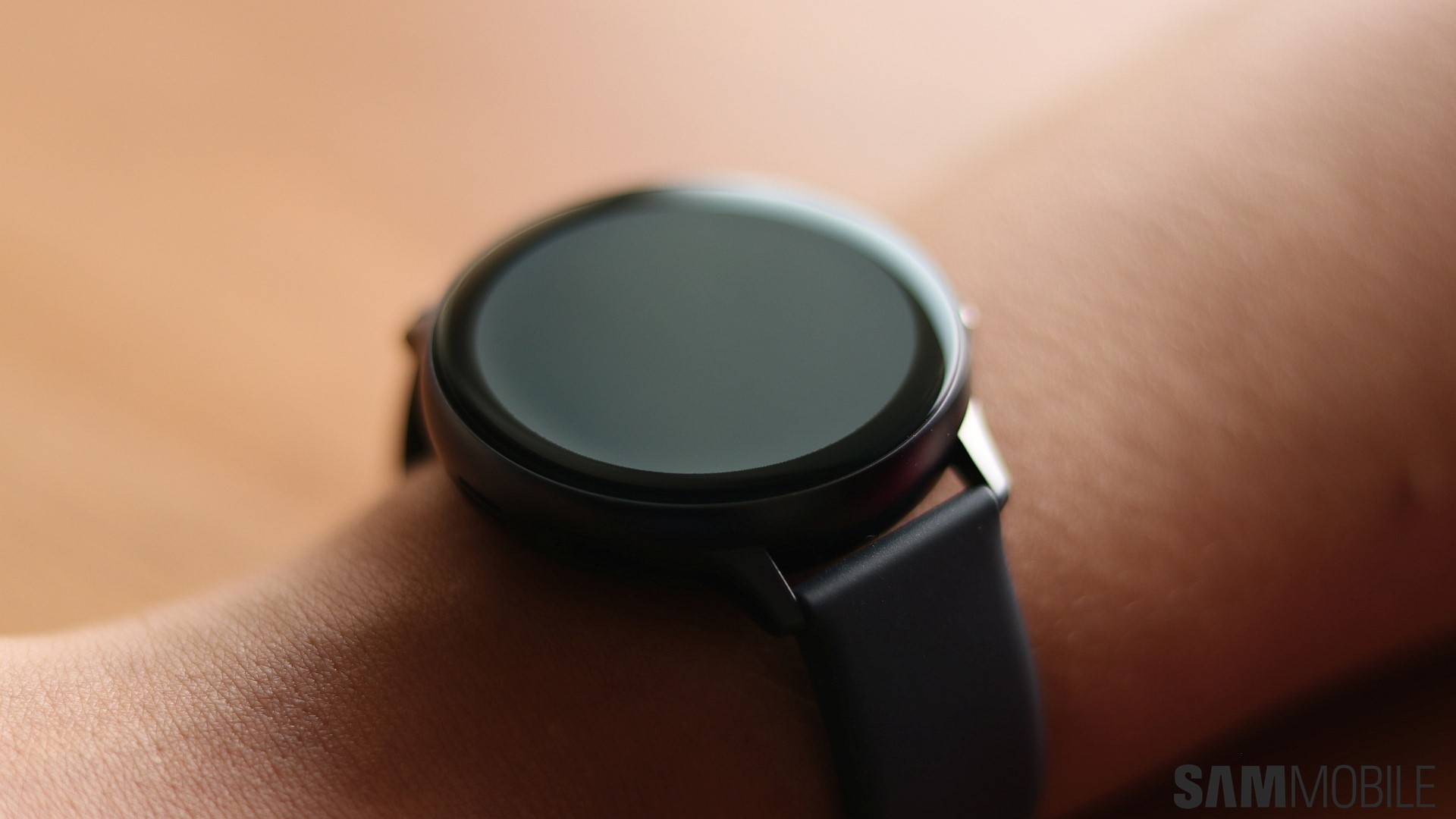
The Galaxy Watch Active 2’s design isn’t all that different from its predecessor, and that’s definitely not a bad thing. One noticeable change is the slightly elongated back key which now houses the ECG sensor. The overall build quality is the same and Samsung has retained the extremely comfortable interchangeable silicone strap as well.
The fact that it looks and feels like a normal watch is perhaps one of the biggest compliments that one can give to this device’s design. Samsung hasn’t tried to push a wonky shape on customers just for the sake of making the watch stand out. There’s no half-cocked attempt here to be something that it’s not. It’s this understated design that makes the Galaxy Watch Active 2 feel just at home with a formal suit as it does with any casual outfit.
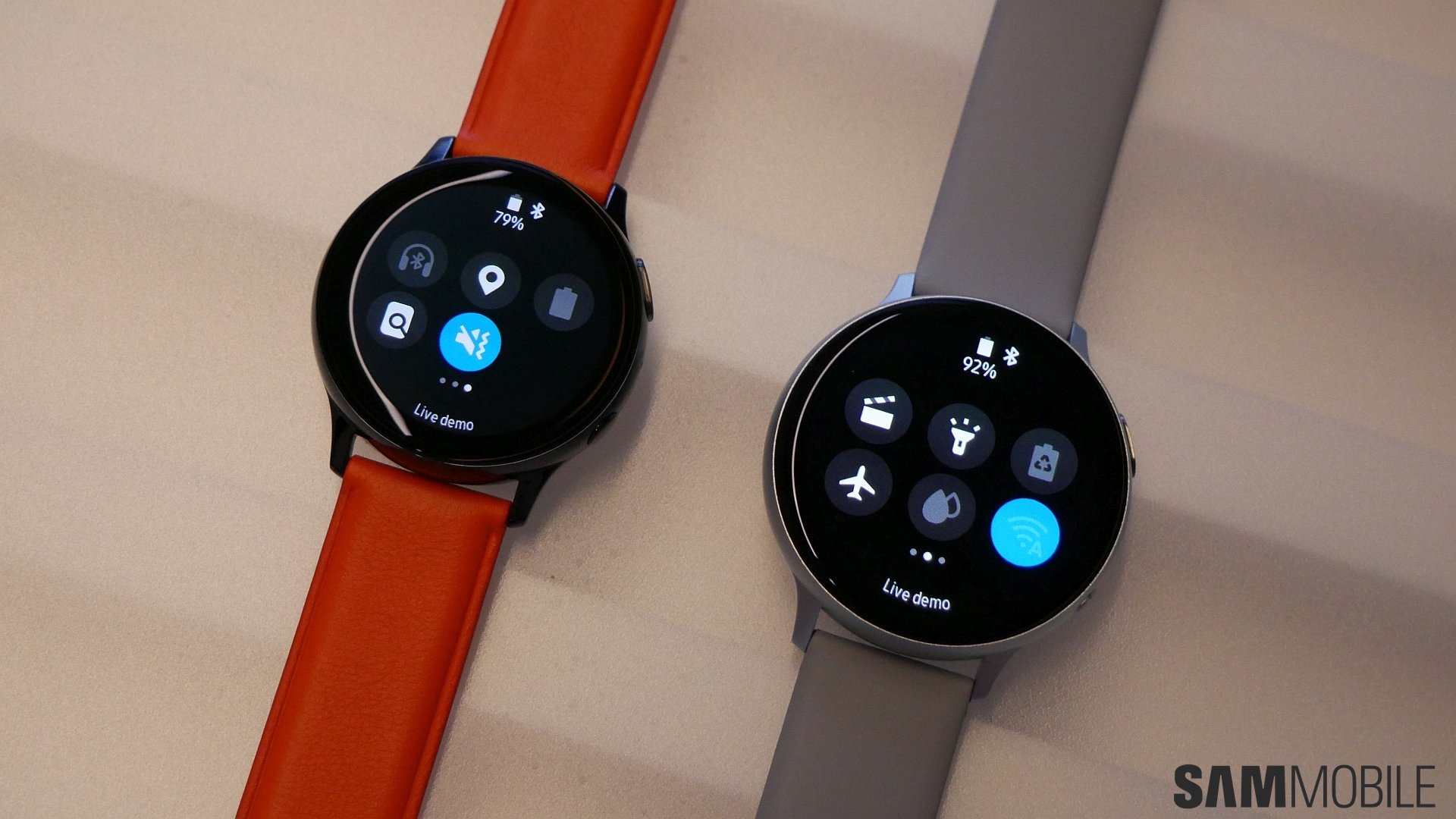
You get a lot more choice with the Galaxy Watch Active 2 than you did with its predecessor. There are two sizes to choose from – 40mm and 44mm – and they’re available in aluminum and stainless steel finishes. While the aluminum models have an understated matte finish, the stainless steel models look more sporty and are just the right option for people who prefer that aesthetic. However, Samsung is only offering stainless steel with the LTE variants of both sizes, so you’ll have to pay a bit more for this material.
The removal of the rotating bezel was a major design change for the Galaxy Watch Active. Many fans wanted Samsung to bring it back. The company has tried to find a middle ground with the Galaxy Watch Active 2. It comes with a touch-sensitive bezel that essentially does the same job as the physical bezel without adding any bulk and heft to the device.
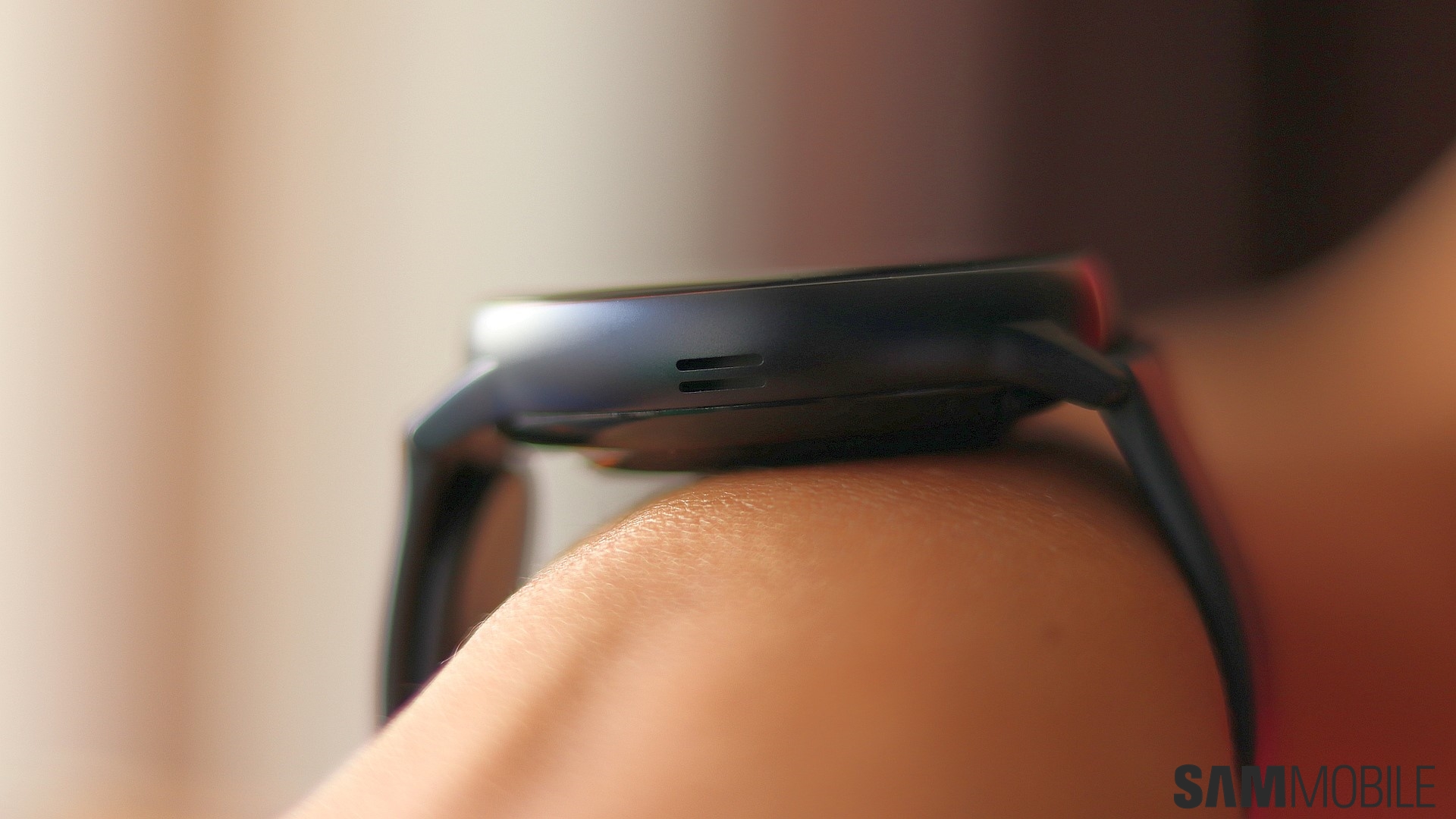

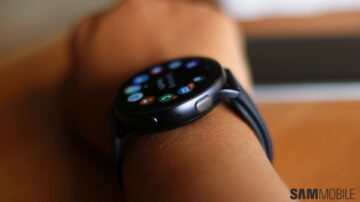
At 39.5mm, the Galaxy Watch Active was a bit too small for my liking. Even most conventional watches these days are north of 40mm, so that 1.1-inch display was something that, at least in my opinion, held back much of the device’s potential. No wonder I went for the 44mm Galaxy Watch Active 2 in aluminum. Right off the bat, I find myself using this smartwatch much more than its predecessor. This is mainly because of the 1.4-inch display. Despite the larger size, the aluminum model weighs just 30g without the strap, so it’s just as comfortable as its predecessor. It sits nicely on the wrist and is very easy to live with overall.
Galaxy Watch Active 2 performance
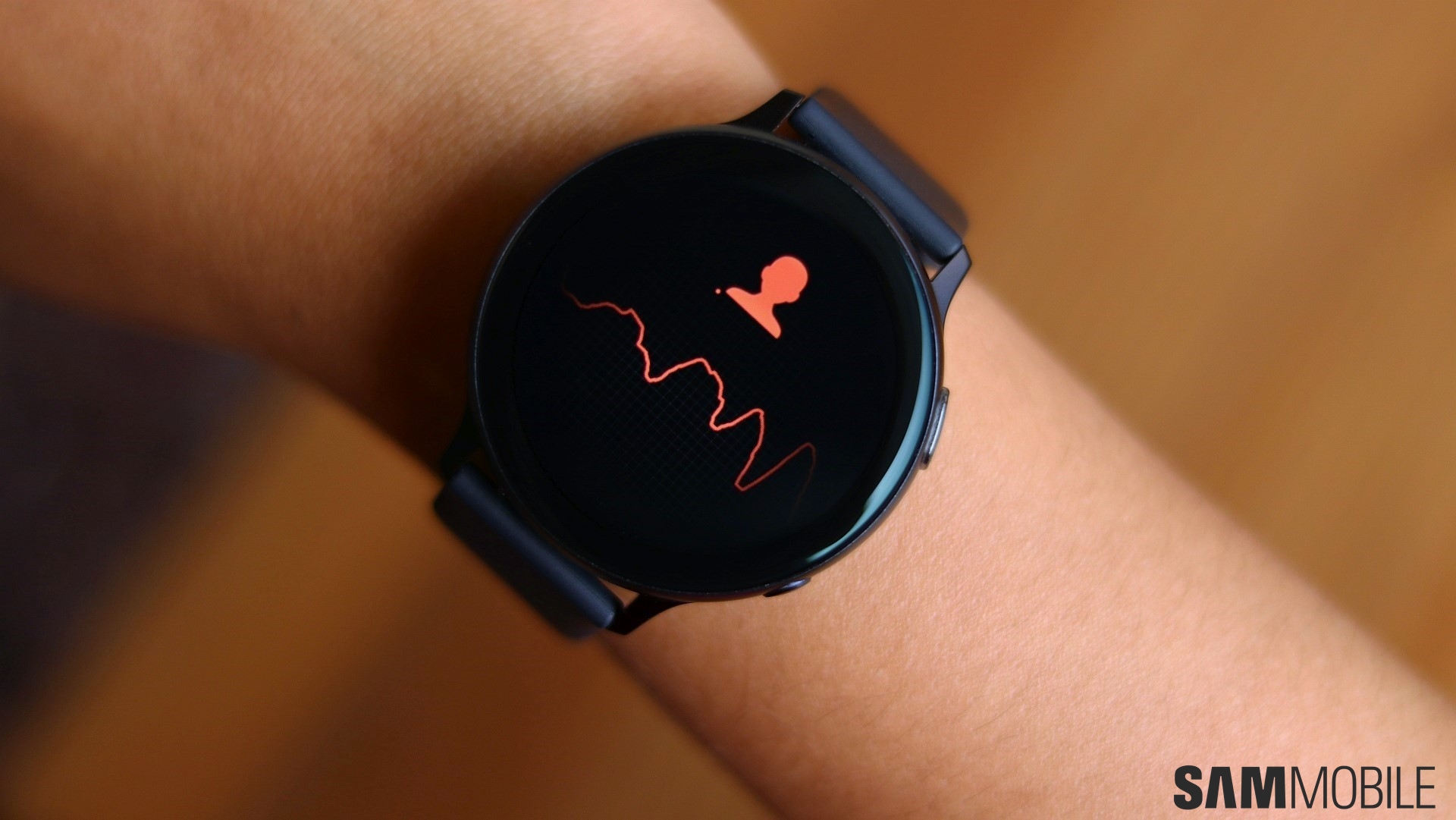
The Galaxy Watch Active 2 features the same Exynos 9110 dual-core processor and 768MB RAM as its predecessor. The only difference here is that the LTE models get 1.5GB of RAM. There’s no significant change here compared to the Galaxy Watch Active. However, improvements to the software do make the UX feel more fluid.
It also has the same 4GB of internal storage, of which around 2.5GB is available to you for apps and music. There’s still no MST support for Samsung Pay so the smartwatch can only make mobile payments on NFC terminals. Samsung is evidently withholding the spec bump for the next generation of the Galaxy Watch Active.
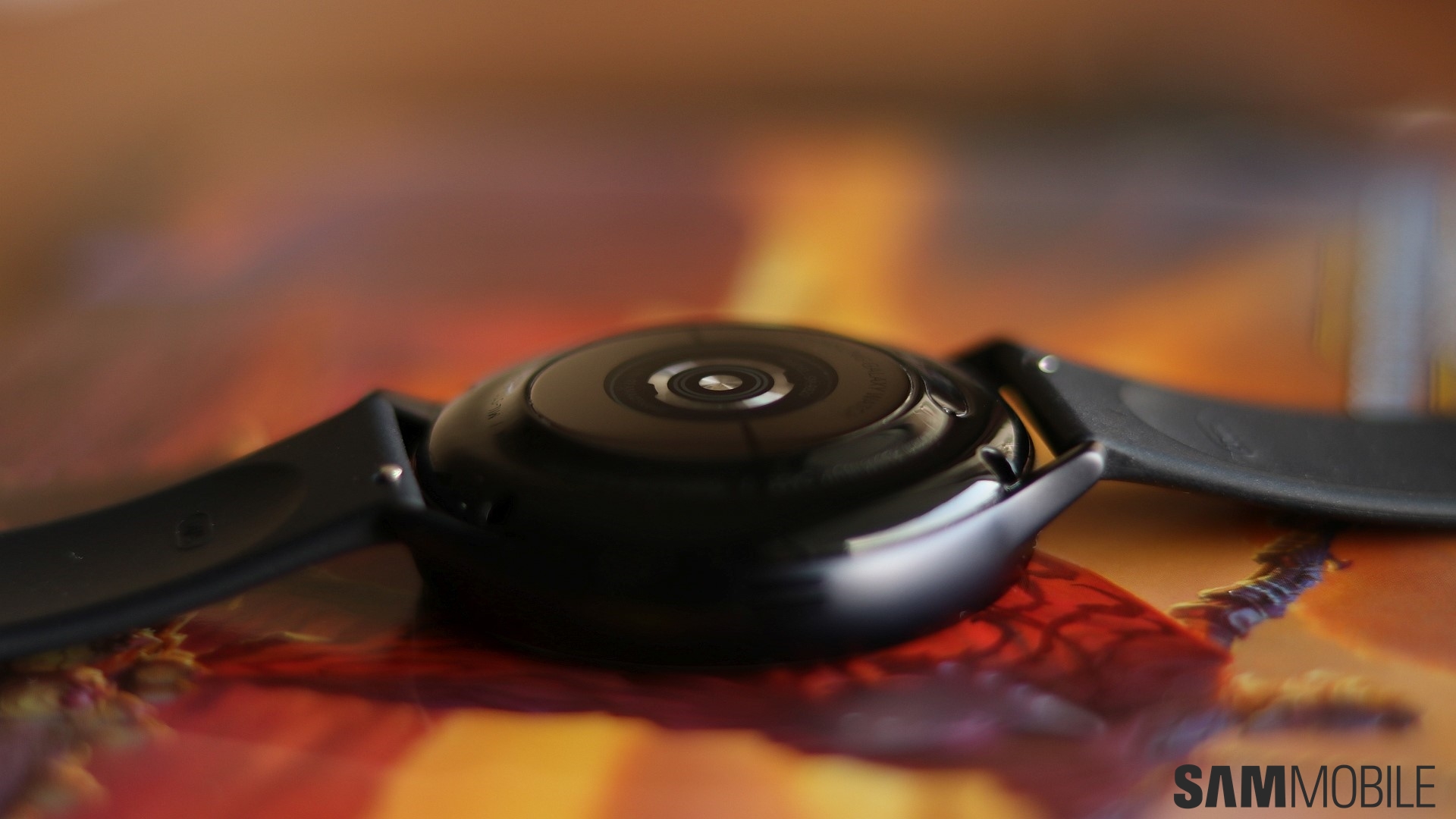
A few shortcomings that we had identified in our Galaxy Watch Active review are still present. Bixby is obviously still there but is unsurprisingly just as difficult to use as before. There still aren’t a lot of apps available for Tizen-based smartwatches. You’ll feel the lack of a proper mapping solution for the smartwatch more than you think you would. This is one department where Google’s Wear OS is clearly in the lead.
It’s important to note that there is an official Spotify app for the device which works well and is installed out of the box. You can access your music from it on the go. Spotify users with a Premium subscription can even download their songs for offline listening. The Galaxy Watch Active 2 was also supposed to have official Twitter, YouTube and Google Translate apps. Samsung made a big deal of making it possible for you to watch videos on YouTube right from your wrist.
Sadly, it has been more than a month since the smartwatch was released and those apps are still not available for download. What you will find in the Galaxy Store are third-party clients for Twitter and YouTube. The apps that Samsung had shown off are nowhere to be found. We’ve reached out to Samsung for a comment on the matter. As someone who travels frequently to places where English isn’t the first language, I’ve particularly been looking forward to having Google Translate on the Galaxy Watch Active 2.
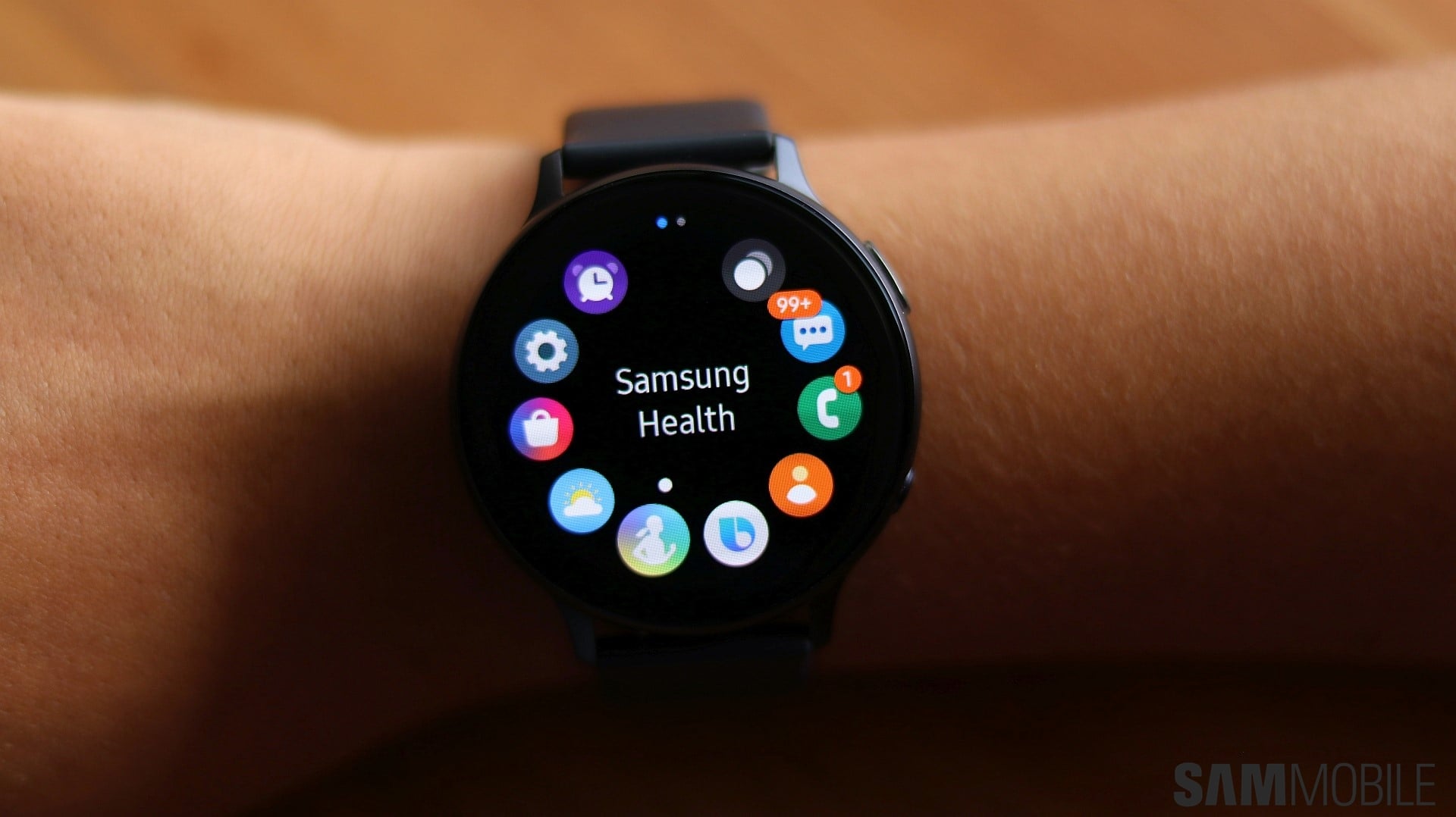
Notification support works well for apps and you can easily respond to them through canned replies. Typing on the virtual keyboard might be a bit slow given the size of the display but it’s fine enough for sending short custom messages, especially if you had mastered T9 typing on older phones with physical keypads. You can also use emojis and voice dictation to further customize your replies.
Galaxy Watch Active 2 display
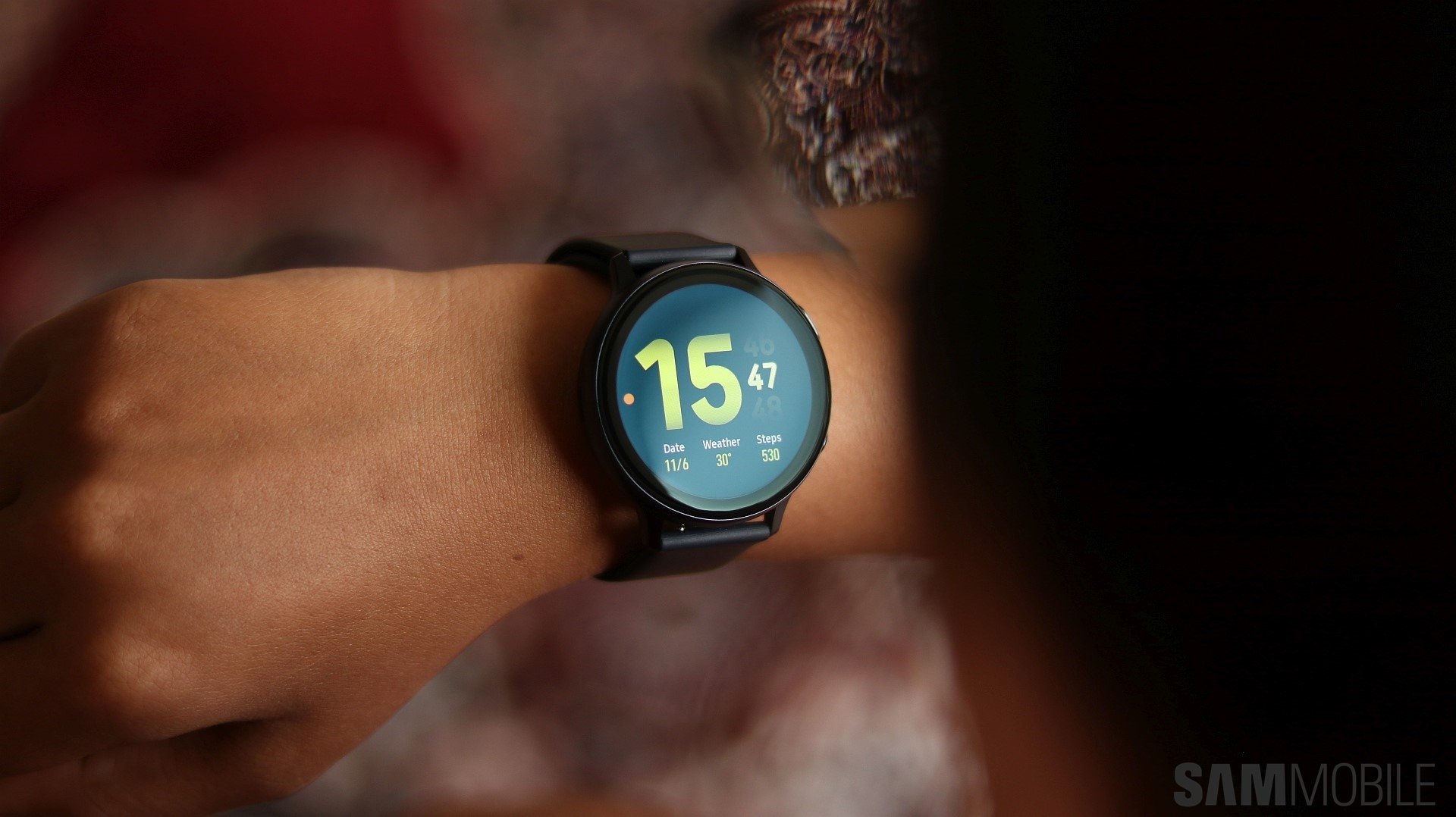
Samsung is using the same 360×360 pixel resolution Super AMOLED panel as the Galaxy Watch Active. The 40mm and 44mm models of the Galaxy Watch Active 2 have a 1.2-inch and 1.4-inch display respectively. The quality is exceptional. The colors are nice and bright with deep, rich blacks. It’s also sufficiently bright so you won’t have any problems looking at it in direct sunlight.
The bezel around the display actually serves a purpose on this smartwatch. It’s touch-sensitive so you can slide your finger on it both clockwise and counterclockwise to move through the UI. You will get haptic feedback when sliding your finger as an indication that it picked up your touch. While you won’t get that satisfying click that the physical rotating bezel provided, this implementation doesn’t feel like a gimmick at all. It works very well with the user interface. For some reason, Samsung chooses to disable the rotating bezel out of the box, so you’ll have to go into the settings and enable it manually.
The 1.4-inch display of the 44mm model has been an absolute treat. It’s easier to skim through the notifications, use the keyboard, glance at workout information and more. I find it to be a noticeable difference because I’ve been using the 1.1-inch Galaxy Watch Active for six months. This is the size that most customers should consider if they want to get the best possible experience out of the Galaxy Watch Active 2.
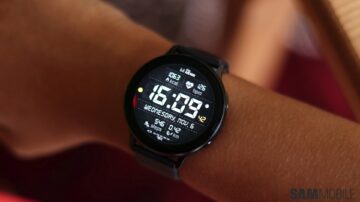

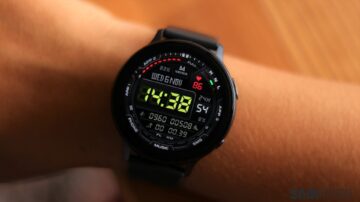
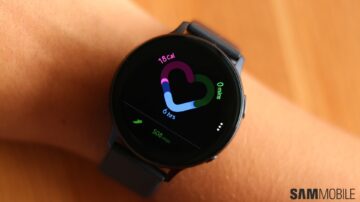
Samsung offers some new watch faces with the Galaxy Watch Active 2. There’s also an interesting My Style feature accessible from the Galaxy Wearable app. It allows you to take a photo of your outfit and an algorithm will then match the watch face to your outfit. I haven’t used it much aside from just testing it out once, but it can be a useful feature for those who are super into coordinating their looks.
Galaxy Watch Active 2 interface
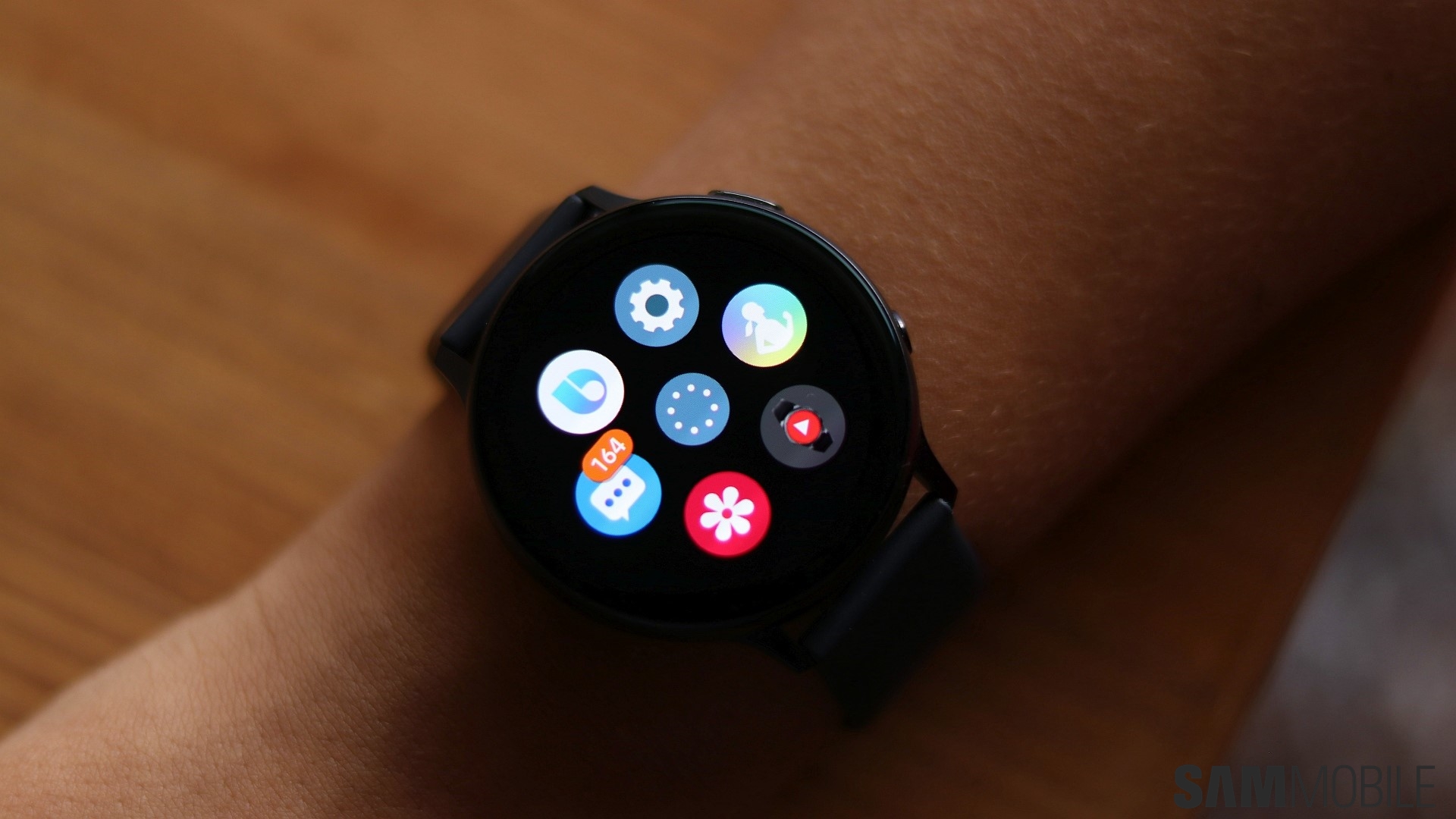
The One UI 1.5 interface of the Galaxy Watch Active 2 will feel familiar to those who have been using its predecessor. The side-swiping UI works the same way as before and controlling it is much more intuitive with the touch-sensitive bezel. You swipe to the right for notifications and left for the widgets. Quick settings can be accessed by swiping from the top bezel for easy access to features like airplane mode, do not disturb, Bluetooth and more.
The Watch Only mode has been present on Samsung’s smartwatches for a few years now. It basically disables everything so that the watch can keep telling the time like a regular watch for as long as possible. If you have enabled always on display, the Goodnight mode will disable it and also prevent notifications from bothering you as you sleep; the Theater mode will do something similar. And a flashlight mode lights up the display in bright white in the event you ever need to find your way in the dark with nothing more than your smartwatch.
Galaxy Watch Active 2 health and fitness
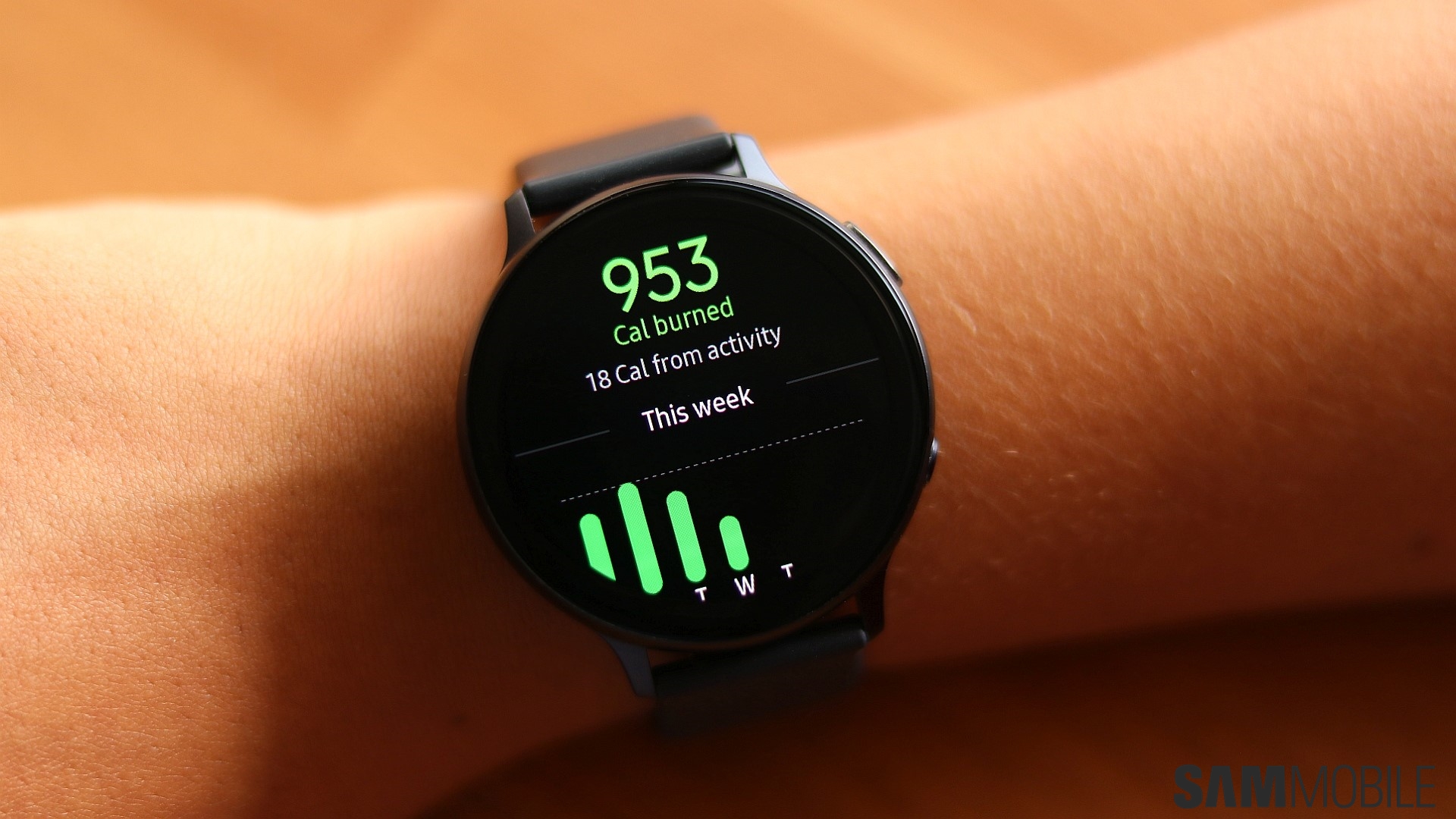
This smartwatch has “Active” in its name for a reason. It’s capable of tracking 39 workouts manually, exactly the same as the Galaxy Watch Active. It’s also capable of automatically tracking swimming workouts in addition to things like cycling and running. Supported workouts will register automatically ten minutes after you’ve started them and the watch is quite accurate in logging them.
One of the things we pointed out in our Galaxy Watch Active review was that the automatic rep counting can be a little hit or miss. That has been the experience on the Galaxy Watch Active 2 as well. It’s likely a bit conservative in counting reps so as to reduce the possibility of incorrect logging. So be sure to look at the starting position animation displayed on the watch when you begin a workout that requires rep tracking. Following the animation has a greater chance of your workout being logged accurately.
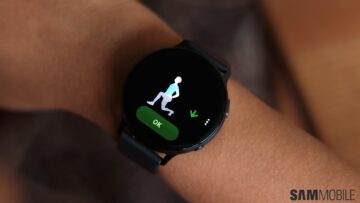
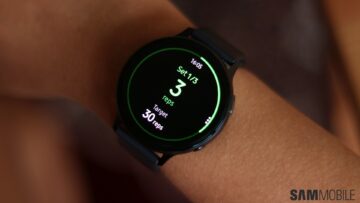
The Galaxy Watch Active 2 will nudge you ever so often when you’ve been stationary for a while as a reminder to get up and maybe stretch a bit or get some fresh air. The updated Running Coach is a great addition to the smartwatch. You can choose if you’d like a lighter run or something more intensive that helps burn a lot of calories. It will give voice alerts throughout the workout if you’re going too fast or too slow, for example, and also keep you updated on your actual pace. It will even drop in a couple of motivational phrases to help you keep going. Bixby Voice is used for this feature and it does feel a bit robotic, but that’s not really a deal-breaker.
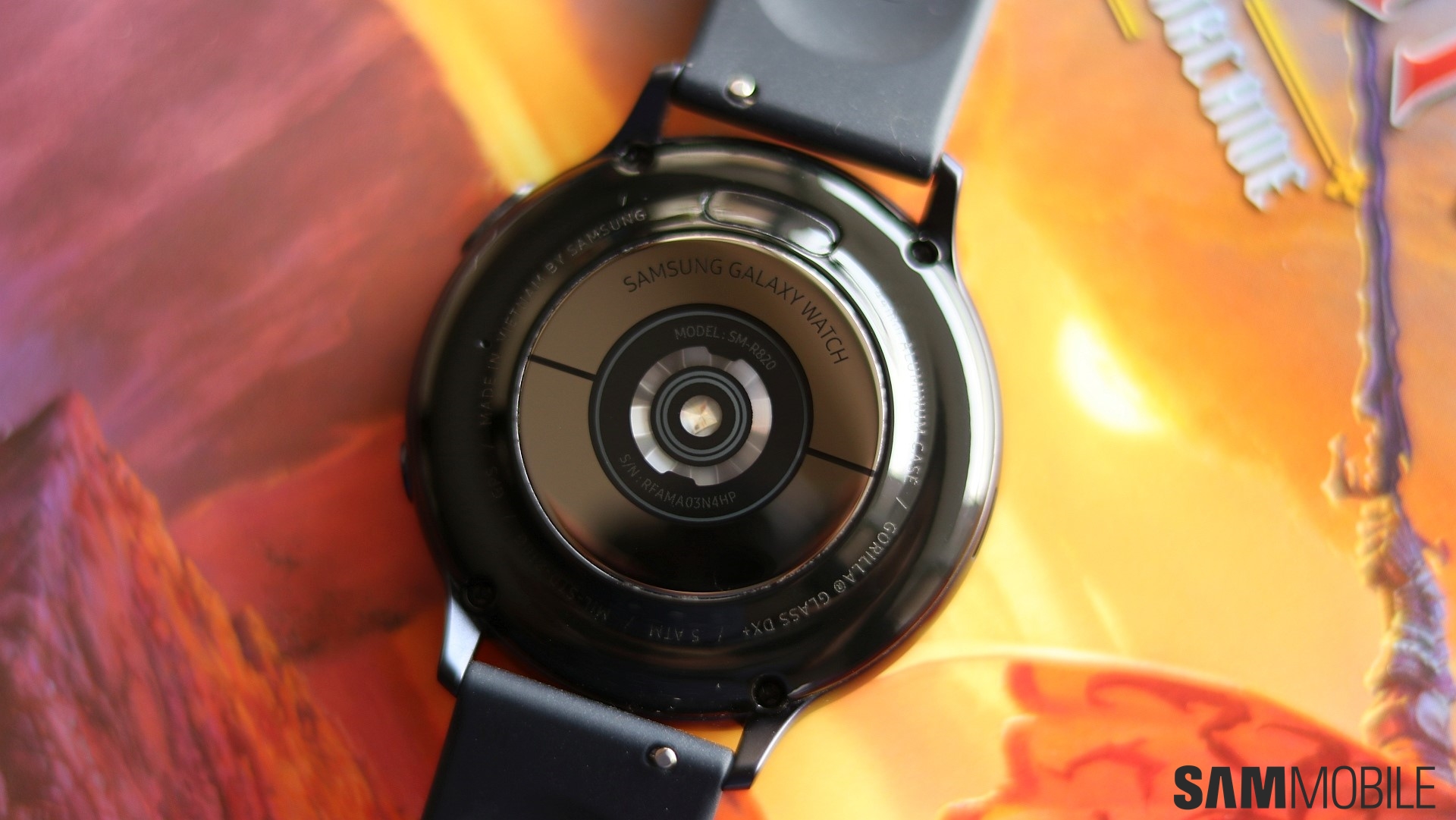
Thanks to the 8 photodiodes on the back, exactly double that of the Galaxy Watch Active, the data collection is noticeably more accurate. That’s something I noticed particularly with sleep tracking. You’ll notice that heart rate monitoring and stress tracking has improved as well. All of it is synced to the Samsung Health app on your smartphone for easy access. Sleep tracking also seems rather accurate. I’m not a very heavy sleeper and tend to wake up a couple of times in the night, and the watch was able to track all that and tell me exactly how much REM, light, and deep sleep I was getting every night.
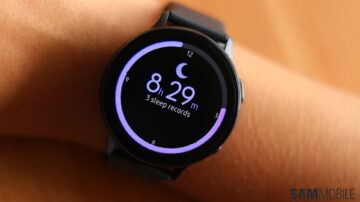

Samsung talked up the Galaxy Watch Active 2’s ECG feature when the device was unveiled. This feature is currently disabled since it requires FDA approval. We had also reported exclusively that the device will have Fall Detection. We hear that it’s likely both of these features will be available for the Galaxy Watch Active 2 in the first quarter of 2020.
Galaxy Watch Active 2 battery life
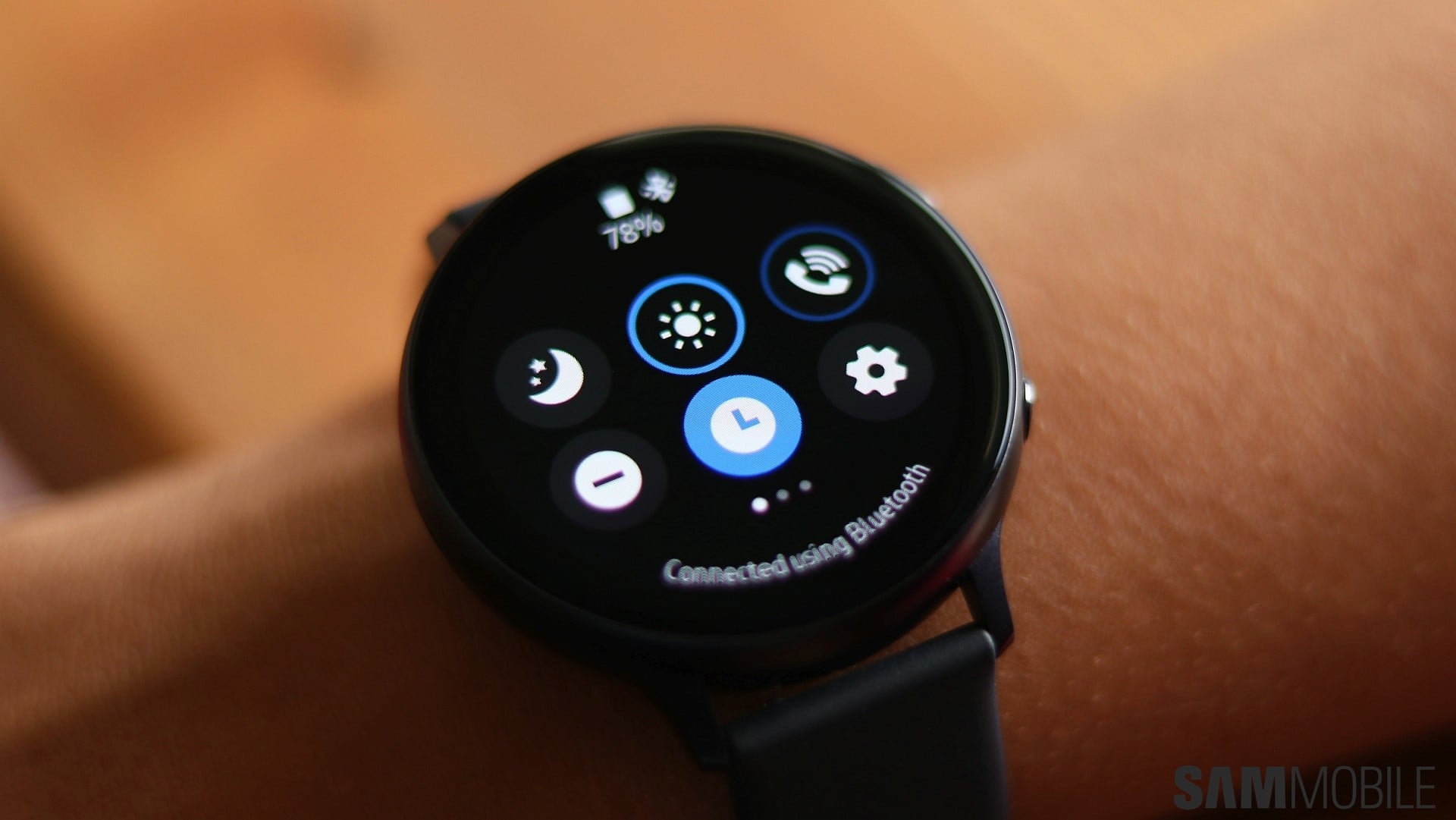
Once again, the 44mm model is a no-brainer if you want your smartwatch to last more than a day on a single charge. It has a 340mAh battery which can easily last for up to three days if you’re using the watch moderately. With more frequent activity tracking, interaction with notifications and music playback, I could get up to two days of battery life.
However, if you were to keep always on display mode enabled and use the onboard GPS for tracking your workouts, you’ll definitely run down the battery much quicker. It will just about last an entire day if you’re using LTE for making calls or streaming music with Bluetooth headphones connected to the watch on top of all that.
This is certainly an improvement over the Galaxy Watch Active but your mileage with the battery will be similar if you opt for the 40mm model, which has a 247mAh battery, slightly bigger than its predecessor’s 230mAh. It’s clear that if battery life is a concern for you, you should go for the 44mm Galaxy Watch Active 2. You won’t be disappointed.
Galaxy Watch Active 2 verdict
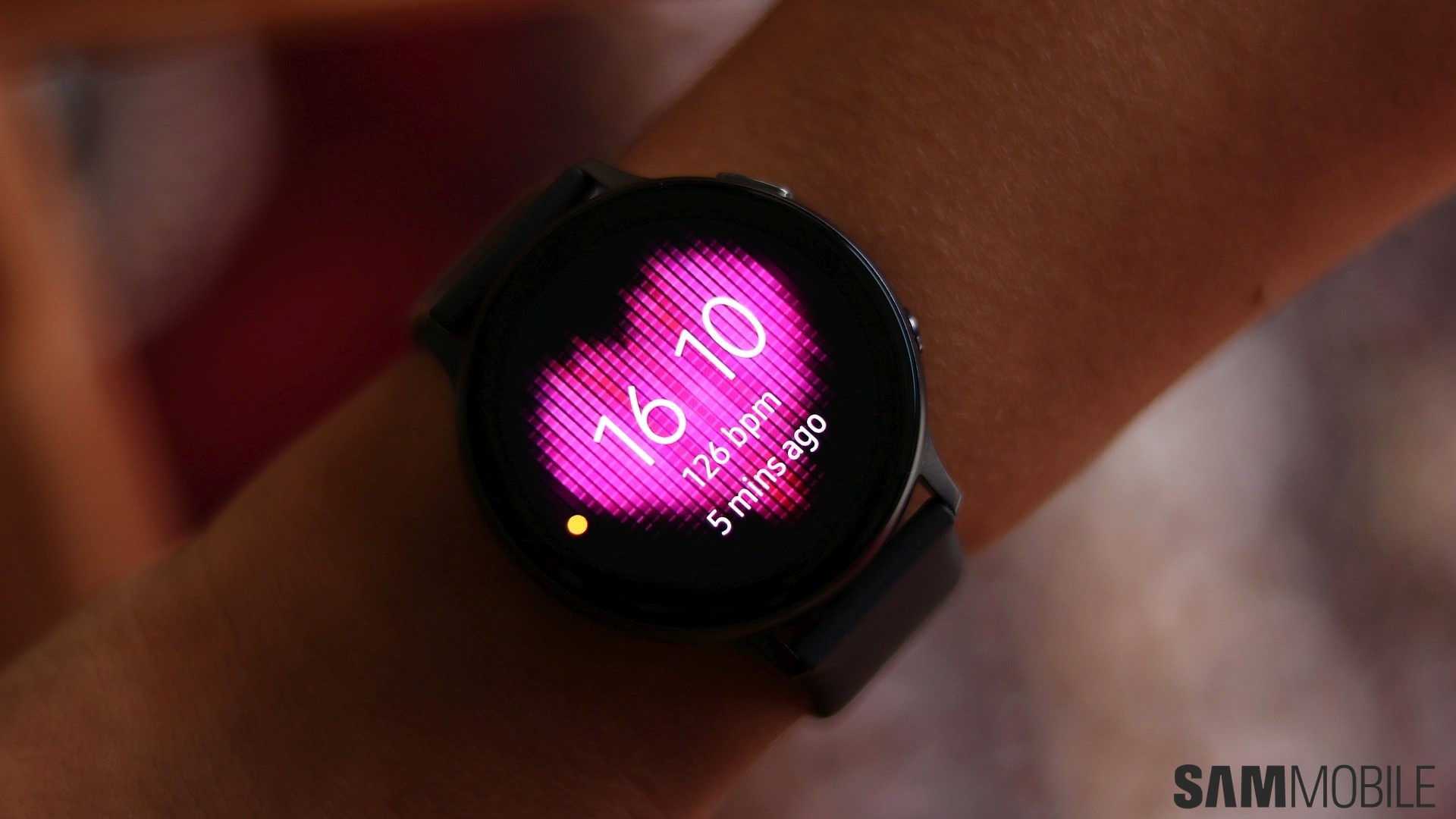
The Galaxy Watch Active 2 doesn’t break any new ground and until ECG is enabled, it doesn’t really accomplish anything that its predecessor already can’t. There’s no performance bump, either. However, this is only true for people who already have the original Galaxy Watch Active. Sure, it may be slightly more accurate at workout tracking, but most people wouldn’t really find that enough of a reason to upgrade six months after they bought the Galaxy Watch Active. The only reasons that would justify the upgrade would be the improved battery life or the LTE support.
For customers who are new to Samsung’s smartwatches, there is no better option than the Galaxy Watch Active 2. It really is the best smartwatch yet from Samsung. It can be used with any Android device and even iPhones for that matter, but the best experience will only be possible when it’s paired with a Samsung smartphone. I’d go so far as to say that it’s even better than most Wear OS smartwatches on the market, particularly when you also consider the design and comfort. It really is one of the most comfortable and capable smartwatches ever.
With only a $20 difference between the aluminum 40mm and 44mm, there’s little reason to not opt for the latter, unless you have small wrists or generally prefer smaller watches. The larger display and battery really do make the 44mm Galaxy Watch Active 2 the one to get. You’ll be set for at least a couple of years if you pick one up.
| Pros |
Cons |
| Larger size |
No performance gain over predecessor |
| Bigger (and beautiful) display, great battery life |
ECG and fall detection not available at launch |
| Has an LTE variant |
App support still lacking |
| Very comfortable, attractive yet unassuming design |
Bixby doesn’t really make a difference |
| Virtual rotating bezel works well |
|
| Mostly good activity and sleep tracking |
|
|
|
|
|
The post Galaxy Watch Active 2 review: Samsung’s best smartwatch yet appeared first on SamMobile.
from SamMobile https://ift.tt/2PX4Csf
via
IFTTT


